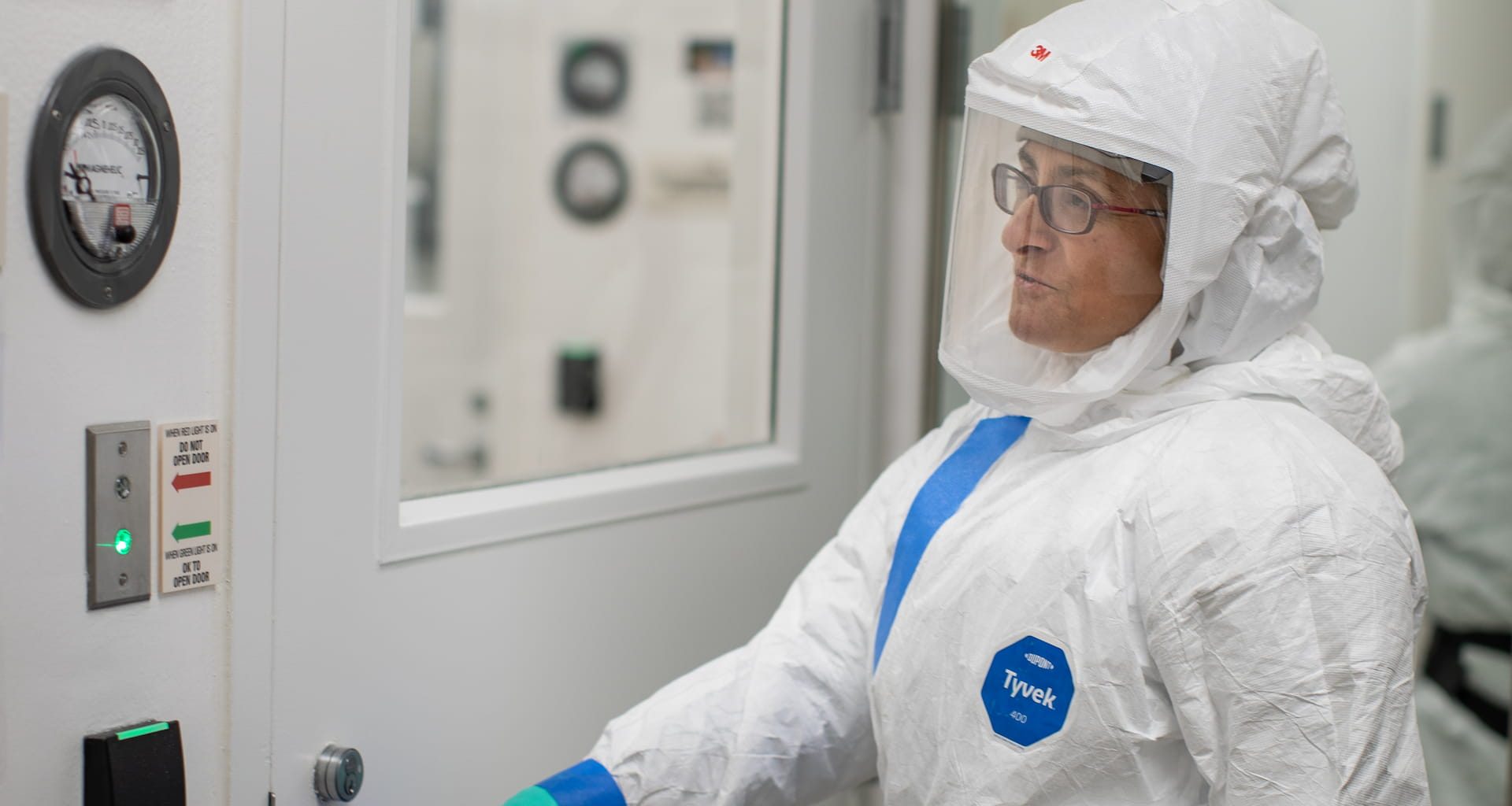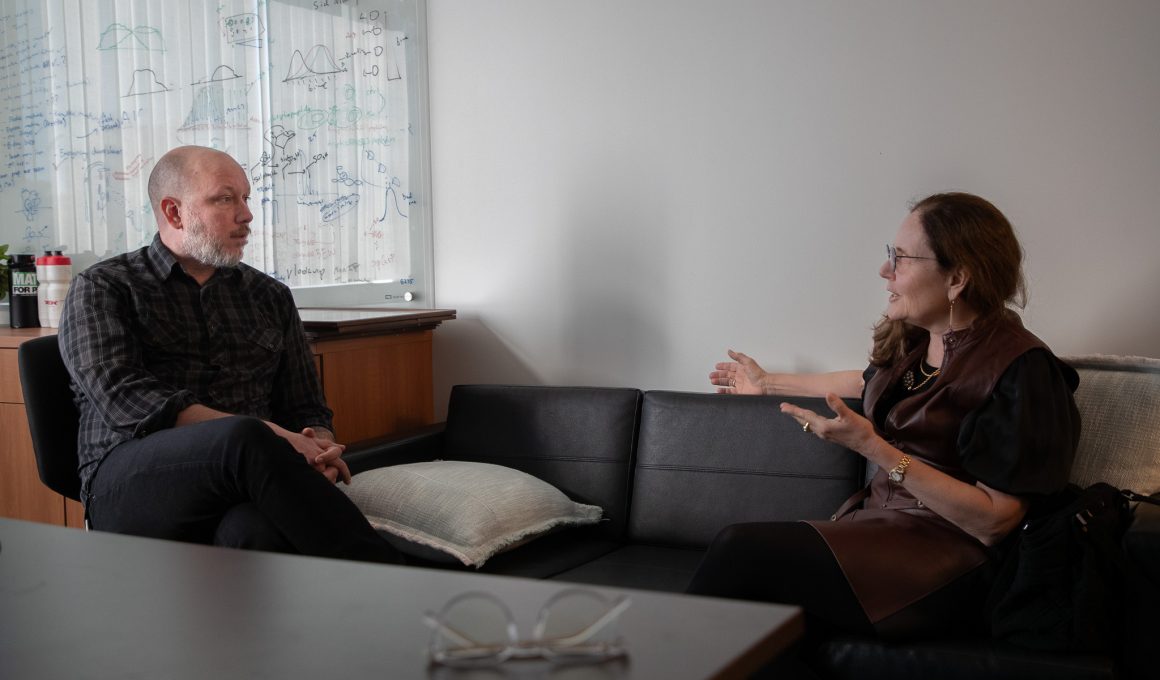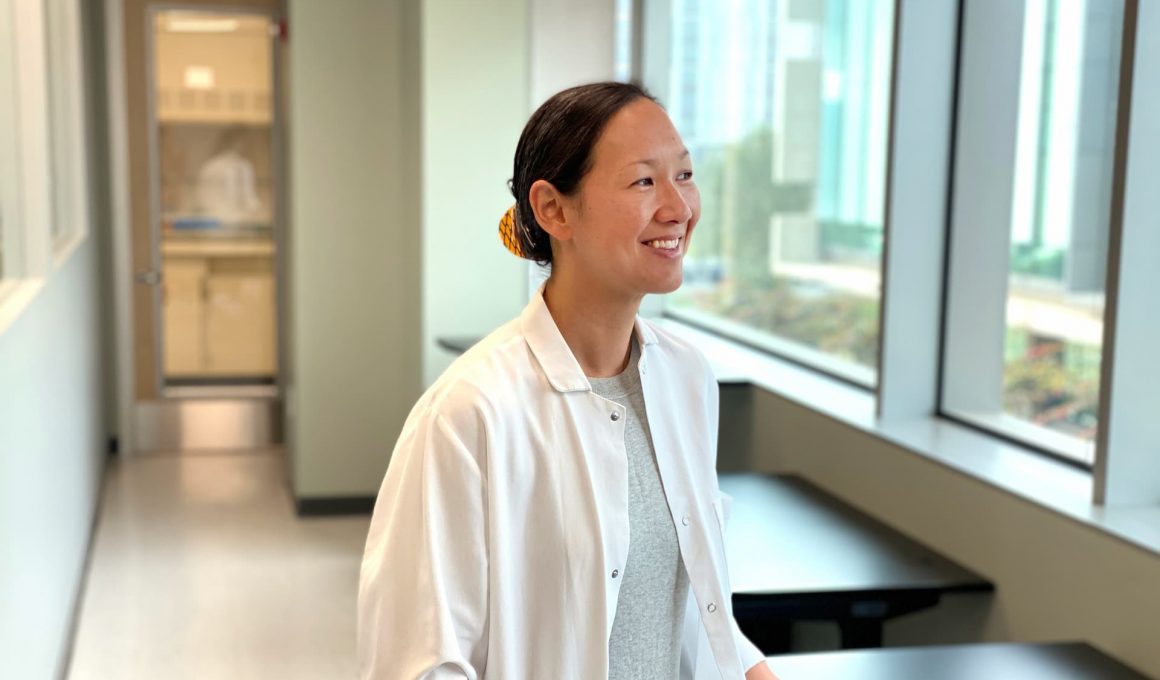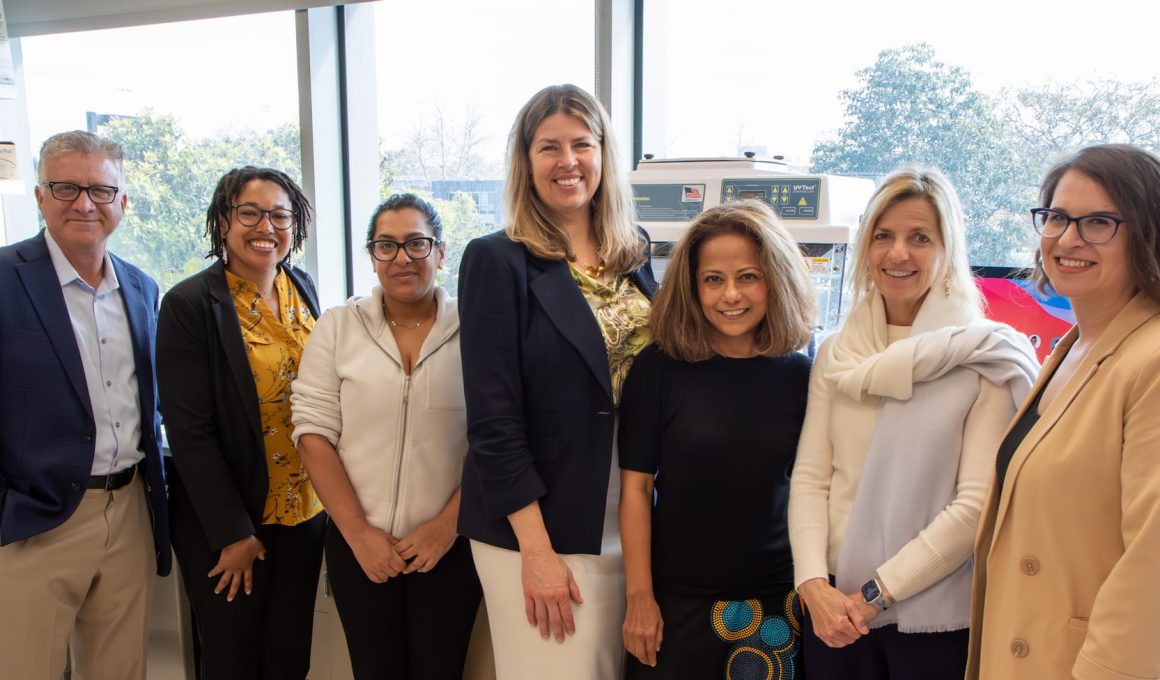The IDEA Facility is one of the few places in San Diego with a “Biosafety Level 3” (BSL-3) distinction. This high-containment lab was specially designed to ensure safety for scientists while handling pathogens.
The IDEA Facility is also a piece of engineering genius. It was constructed at the height of the COVID-19 pandemic and is key to understanding how to stop emerging diseases.
How it began
LJI Chief Operating Officer John Keegan works to make sure LJI scientists are ready for anything. He joined the Institute in 2005, just as construction was ramping up on the current LJI building. “The architects had originally planned for a BSL-3 facility in the building,” says Keegan. “It was there when we moved in, but it wasn’t used.”
Then in 2019, Keegan was approached by LJI scientists looking to conduct virology research that required a BSL-3. Keegan knew LJI had a potential space for a BSL-3 facility—he just needed to get it up and running. “It wasn’t going to be a simple process,” says Keegan.
Keegan’s team would need to remodel the space to install multiple layers of biosafety measures, and they would need to bring in experts to train and monitor the scientists working in the new BSL-3 facility.
No one at LJI had that kind of experience, so Keegan volunteered to become a BSL-3 facility expert himself. He enrolled in the UC Irvine School of Medicine National Biosafety Level 3 Training Program, an intensive in-person course that includes hands-on training in a model BSL-3 laboratory.
Then the COVID-19 pandemic hit. Keegan’s team was suddenly in a race against a global killer.
How it works
BSL-3 construction standards are incredibly strict. Not a single viral particle should ever leave the IDEA Facility.

At the core of the IDEA Facility are four isolated laboratory spaces. This is where scientists (decked out in astronaut-like PPE suits with respirators) work with pathogens. Scientists pass through four locked areas before they get to these high-security spaces. SARS-CoV-2 is an airborne virus, so controlling air flow is key. The facility has “cascading” air flow systems that direct the air from the outside corridor toward the anteroom, and then farther, toward the secured laboratory spaces. Each laboratory space has a special experimental space, or “biosafety cabinet,” where researchers can safely work with infectious agents.
LJI’s Facilities, Operations, and Environmental Health and Safety teams worked around the clock to construct the safest facility possible. Despite the rapid timeline, Keegan took every opportunity to make sure LJI’s BSL-3 facility went beyond required safety measures. Need two layers of self-closing doors? The IDEA Facility has three. Need an isolation valve to control air flow? The IDEA Facility has two types of valves for a lightning-fast, 100-percent seal.
These choices paid off when the time came for LJI to bring in a third-party group to test the IDEA Facility and “commission” it for use. The facility passed the tests with flying colors.
How LJI stays prepared
Since the IDEA Facility opened in 2021, LJI has built up a small team of BSL-3 experts. This team plays an important role in helping LJI lead the way in pandemic preparedness.
LJI Biosafety Officer Laurence Cagnon, Ph.D., is in charge of training researchers to use the facility and monitoring their safety. “I help scientists find ways to do their work in the BSL-3—and do it safely,” says Dr. Cagnon.
Thanks to Dr. Cagnon and her colleagues, LJI scientists can now stay safe while investigating a broad range of pathogens—such as SARS-CoV-2 and chikungunya virus. Researchers in LJI’s Center for Vaccine Innovation can use the IDEA Facility to study how immune cells fight these pathogens and even test experimental vaccine strategies in mouse models.
Keegan is proud of what this team has accomplished. “We have passed every single certification test the first day, every single time we’ve done it,” Keegan says. “I consider that the mark of unbelievable teamwork.”
The IDEA Facility was launched with the generous support of the Arvin Gottlieb Charitable Foundation, the GHR Foundation, The Mark and Katie Bowles Family Foundation, the London Stock Exchange Group Foundation, Harold Clark Nathan/The Harold Nathan Charitable Fund at Vanguard Charitable, and Neal Alison Roberts.






